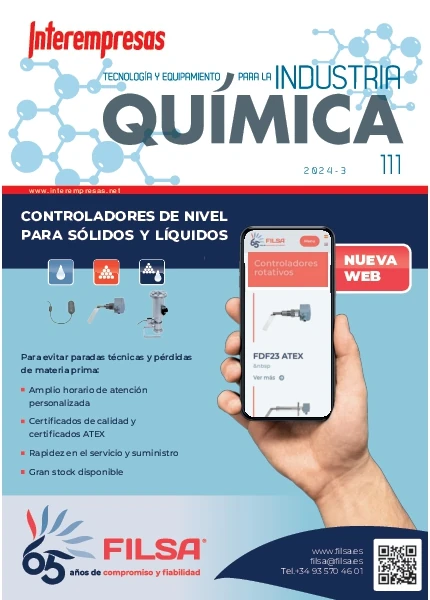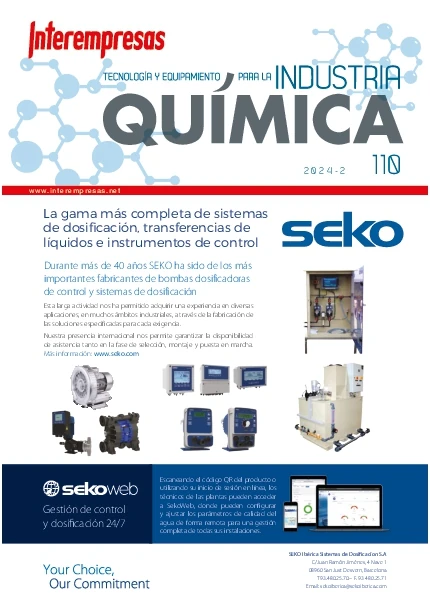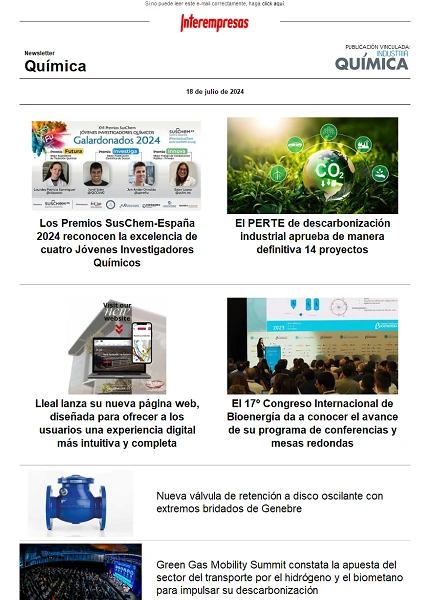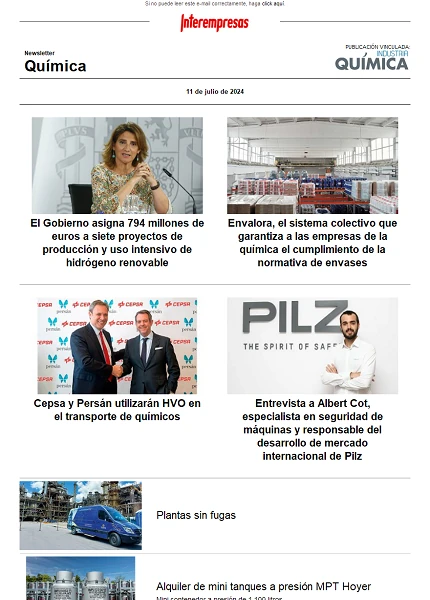Verification of greenhouse gas emissions
The Kyoto Protocol adopted in 1997 using three mechanisms in order to achieve the reduction of Greenhouse Gases by 5 per cent compared to 1990 levels: emissions trading, joint implementation and clean development mechanism.

As defined in Protocol CDM is twofold: helping to achieve the sustainable development of countries outside annex I and help annex I countries to achieve emissions reductions which can be used to achieve its GHG reduction goals.
In this regard, outside annex I countries must achieve economic development and environmental improvement by the development of these projects that generate emissions reduction certificates (CERs) for export.
An important aspect of the CDM (taking into account is the first commitment period 2008-2012) is that the projects initiated since 2000 can be registered as CDM projects if they do so by December 31, 2005. This means that the CERs can reserve or store (bankable).
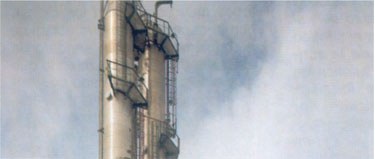
The DOE act as part of the infrastructure of the CDM, to validate the project's activities, and verify and certify reductions in emissions of greenhouse gases obtained.
In a schematic way the functions of the DOE are:
- Validation: validation of a project activity is the process of independent evaluation by a DOE to check if it fits the requirements of the CDM, which leads to his subsequent registration by the CDM EB. Registration is a prior and necessary requirement for the subsequent verification and certification of the reductions in emissions of greenhouse gases and the issuance of the certified reductions in emissions (CERs) by the CDM EB. Validation is only possible if previously methodologies to establish the baseline and follow-up of emission reductions referred to in the project activity have been approved by the CDM EB.
- Verification and certification: verification is the periodic independent review and determination a posteriori by the DOE of the monitored reductions in anthropogenic emissions by sources of greenhouse gases that have occurred as a result of a project activity CDM registered during the verification period. Certification is the written assurance by the DOE that during a certain period of a project activity achieved the reductions in anthropogenic emissions by sources of greenhouse gases that have been verified.
Aenor accreditation
The application of Aenor covers all the sectoral areas of concern identified in the CDM: (renewable and non-renewable) energy industries, distribution of energy, demand for energy, manufacturing, chemical industry, construction, transportation, mining, metallurgy, oil emissions...
The certification of the CDM is by stages. The first is the accreditation to validate project activities in the sectoral areas where a first validation takes place. The number of validations needed to obtain the accreditation is not defined, and depends on the assigned Argentinean team and the CDM accreditation panel. In principle, it seems that the accreditation for several sectoral areas could be obtained with a validation of a project of the energy sector activity.
Once obtained the accreditation to validate project activities in an / I field/s sectoral / is defined/s, you can choose to accreditation to verify and certify already validated project activities in Ege/esos sectoral field/s / is. Taking into account, for project activities that are not on a small scale, the same DOE can not validate and verify the same project.
Joint implementation
The mechanism of joint implementation (JI) is part of the framework Convention on climate change (UNFCCC) and is regulated and governed by the Conference of the parties to the Kyoto Protocol, acting as a meeting of the parties (COP/MOP)that you delegate to the Supervisory Committee of the JI (CS) the work of management of the JI. This mechanism is defined in article 6 of the Kyoto Protocol. Likely to benefit from this mechanism projects are also developed by the annex I countries (most developed countries and with emission reduction commitments) in countries of annex I (with or without emissions reduction commitments).
This mechanism is regulated by decision 16/CP.7 "Guidelines for the implementation of article 6 of the Kyoto Protocol", where laying down the procedure for verification of JI projects and standards for the accreditation of independent entities that verify such projects.
The amounts of greenhouse gases that have been issued as a result of the implementation of the JI project, are called emission reduction units (ERUS) and must be verified by the accredited independent entity. Verification involves a first phase in which the entity's verification determines previously to the entry into operation, if the project is in line with the JI and makes it public through a report of determination, and a second phase in which are verified reported emissions savingsdue to the project.
The run-up to determine whether the project complies with the JI is similar to the validation of a CDM project activity, but with the following particularities:
- Methodologies for the determination of the baseline (baseline) and surveillance, do not have to be adopted by any agency.
- The criteria for determining the basis of reference and monitoring, are defined in Annex B decision 16/CP.7.
- There is a register of validated projects, any project the JI which has been publicly available determination report, is considered valid for begin to account for emissions reductions, unless submitted claims rather than within 45 days from publication.
- The periodic verification process is the same as the CDM.
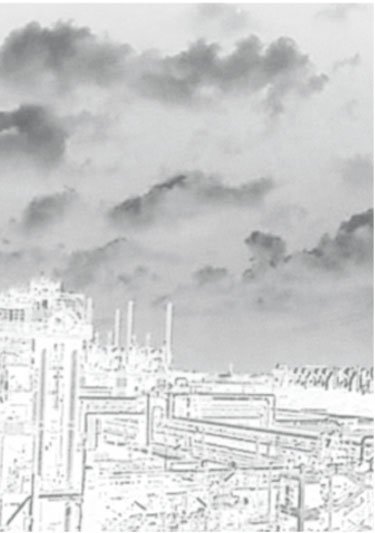
On the other hand, Aenor is one of the AE or DOE has the Fund of the emissions of the World Bank, with the appropriate qualification, pair perform the verification of emission of the projects JI in which it participates, having been invited to submit tenders in several initiatives.
Emissions trading
- URE: units of emission reductions from JI projects determined by a separate entity from verification.
- CER: Certified emission reductions obtained in a CDM project activity validated and verified by a designated operational entity of the CDM.
- UCA: Units of quantity attributed within the national plans for the allocation of emissions from each country.
- UDA: Units of absorption of greenhouse gases obtained in each country in accordance with the decision of "Land-use, change the use of land and forestry".
Emissions trading is regulated by decision 18//CP.7 "Modalities, rules and guidelines applicable to the trade in emission rights provided for in article 17 of the PK", where it is defined as they must act the Parties included in annex I concerned by this mechanism. In decision 19/CP.7 "Modalities for the accounting of assigned amounts provided for in paragraph 4 of article 7 of the PK", where he is established the calculation and modifications of the amounts assigned for each Party included in annex I and the requirements of national registries.
In Europe, emissions trading is regulated by Directive 2003/87/EC of the European Parliament and of the Council, which is establishing a scheme for trade in emissions of greenhouse gases in the community. This directive provides that you for each period, each country of the EU shall draw up a National Plan of allocation (NAPA) to determine the total amount of emissions that will provide for assigning during this period and the procedure for the allocation. Once established and approved the NIP for the first three years (2005-2008), each affected facility must issue during the first quarter of each year, a statement of emissions of the previous year, to be given to the competent administrative authority to monitor compliance with the PK. This statement must be verified by an independent accredited verification body.
The accreditation of independent verification (EIV) entities will be part of the accreditation body of each member country, in the case of the EU. In Spain will be ENAC, which will be credited to the EIV according the European scheme of accreditation of EIV, which is currently under development. The drafts handled so far indicate that accreditation will be based on en 445011/ISO guide 65 accreditation of entities operating in product certification, although there are a number of additional requirements, to ensure that the EIV this qualified to verify emissions in each country and each particular sector. In principle it thinks in an accreditation system uniform for all countries of the EU, so that an EIV credited in Spain could act in another country, to meet some additional requirements of local.
In principle, the methodology for the verification of data from production, fuel consumption and greenhouse gas emissions, could be based on the recommendations of various international agencies specialized in emissions trading and the World Business Council for Sustainable Development or the IETA (international emmissions trading association), and in annex IV "Criteria of verification", of the Royal Decree Law 5/2004. While, at the time of publication the standard ISO 14064-3: "greenhouse gas, part 3: guidelines and specifications for the validation and verification", would be this standard to develop the process of verification of emissions.
On the basis of annex IV "Criteria of verification", of the Royal Decree Law 5/2004, to the experience of Aenor in the verification of environmental data and recommendations available at this time, the verification process, basically, would be as follows:
- Strategic analysis of the activities carried out in the installation and determination of their significance for emissions and data consumption, according to annex I to Royal Decree Law 5/2004.
- Analysis of processes in the physical installation, through site visits "in situ", to determine the reliability of the data and the information provided.
- Risk analysis to determine explicitly what aspects of the procedure used for reporting emissions and consumption, could contribute to errors in the data provided and in the determination of the total emissions, analysing the emission factors used and calculations made to the data supplied. Shall be taken into account the control methods used to minimize the degree of uncertainty.
In the planning of the necessary sampling for checking all the data, variables and factors, used in the calculations of emissions and in accounting for the consumption of fuels and productions, be counted the possible uncertainties associated with each of the verified data.
Once established the emissions of greenhouse gases, the EIV emits the corresponding verification report and the Declaration of verification, which demonstrate to the competent administrative authority, that the verified statement by emissions of the installation in question, it is true and accurate.
AENOR, by his experience in the validation of the environmental statement and in the verification of the system of environmental management according to the EMASregulation, is able to prove to the verification of declarations of emissions, as clarification of the system of accreditation for the EIV.



